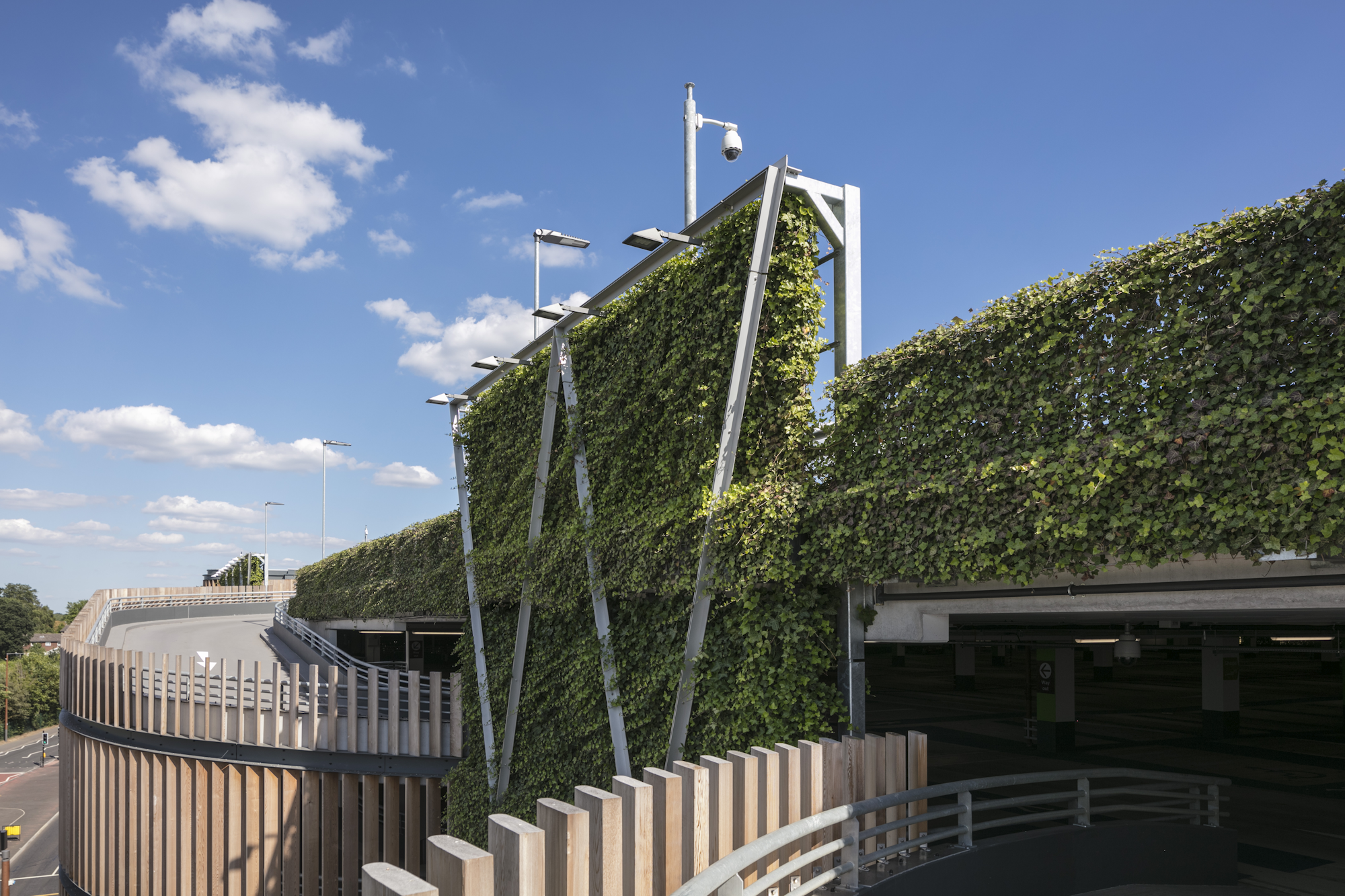Solving budget challenges with an impressive façade-greening solution.
Why choose the facade planter?
Better ventilation
The climbing plants do not provide solid coverage, which means the planters allow for airflow to the building behind.
Cost-effective
Quicker to install and less intensive to produce, the facade planter makes for a more cost-effective solution when budgets are tight.
Stackable
The planters can be stacked, which means you can cover a whole facade with this system.
Limited water usage
With less soil and the species requiring less water to flourish, irrigation is limited.
Your Guide to Facade Planters
View specificationApplications

Car parks
Allowing for ventilation and double-sided greenery, these make an ideal solution for car parks.
_adrbn.JPG?w=2000&q=90&auto=format&fit=crop&crop=edges,focalpoint&fm=png)
Commercial
As a more cost-effective solution, facade planters can be installed over large surface areas, such as on data centres or large commercial buildings.
_dwmhc.jpg?w=2000&q=90&auto=format&fit=crop&crop=edges,focalpoint&fm=png)
A combination
Coming as seperate planters, you can combine this system with other planting systems, and get a cohesive finish like here at Hardman Square Pavilion.
_nnmnl.jpg?w=1280&q=90&auto=format&fit=crop&crop=edges,focalpoint&fm=png)